It's May 14th, 1977, the host is Shelley Duvall and the musical guest is Joan Armatrading

Here's some stuff that happened in the past
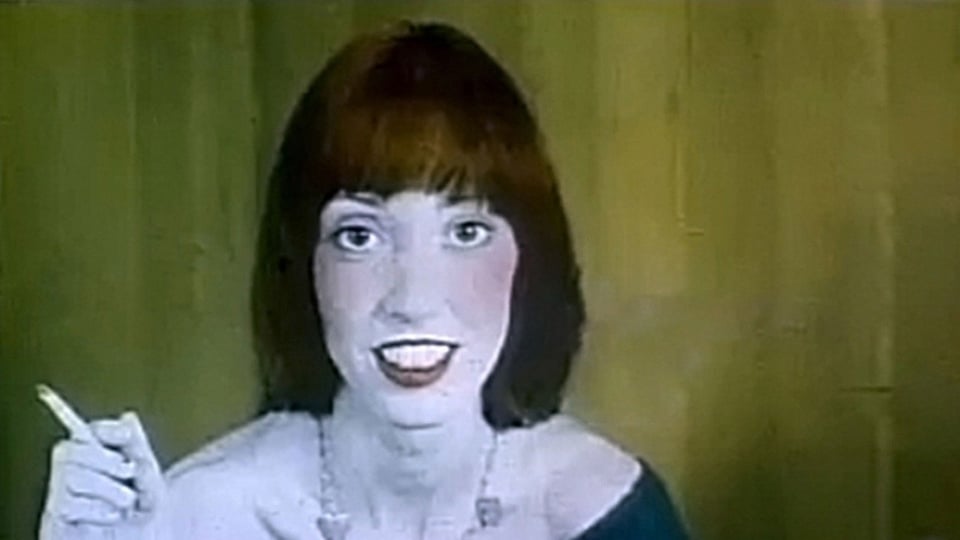
Over the past decade or so, a narrative regarding Shelley Duvall’s life and career has crystallized in the public mind depicting the actress as the devastated victim of Stanley Kubrick's cruelty during the filming of The Shining. This reading is supposed to be sympathetic to Duvall and her struggles with mental illness, but I find it condescending and wrong. It also ignores that Duvall had substantial success post-The Shining, including Shelley Duvall’s Fairy Tale Theater, which she created, hosted, and executive produced.
Duvall is not a victim. She's a survivor. She's not weak. She's strong. You have to be strong to handle the twin crucibles of fame and mental illness. You need to be strong to handle something as intense, stressful, and demanding as hosting Saturday Night Live during their mid-1970s golden years.
While she does not distinguish herself during her first and only time as host, Duvall doesn’t embarrass herself either. She’s not Lily Tomlin or Madeline Kahn but she’s not Louise Lasser either.
It’s tough hosting Saturday Night Live under the best of circumstances. It's even harder when you kick off the show with a full-on musical production number featuring a brand-new song.
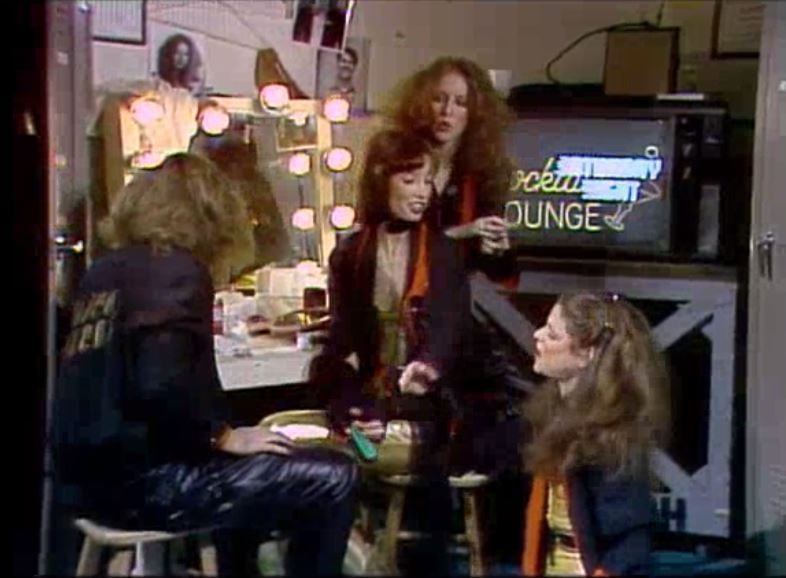
In place of an opening monologue, Duvall, Gilda Radner, Jane Curtin, and Laraine Newman perform “Video Vixen” in garb that suggests newfangled punk fashion combined with retro girl group style.
"Video Vixen" is a song about being on Saturday Night Live, overflowing with the kind of crude double entendres stoned kids loved and that Jane Curtin grudgingly tolerated. The gals feign orgasms. They sing about “going down” on the audience (wink, wink!) and croon that “the only way we really like it is with forty million people watching!”
You can’t delve this deep into Saturday Night Live without becoming way too emotionally invested in its players. I’m fascinated by the ways Curtin and Laraine Newman’s misery seeps into their performances.
Consciously or not, Curtin developed a persona as a respectable grown-up perpetually aggravated by the tomfoolery she was implored to sanction.

In that respect, the show exaggerated something that already existed—Curtin’s profound ambivalence towards a show that made her a star, but that did not reflect her personality or sensibility—for comic effect.
It’s not hard to see why Curtin might not be overjoyed to be on a show where, as a running joke, she was alternately referred to as a “bitch” and an “ignorant slut.”
At this point in the season, with just one episode left, exhaustion had clearly set in.
We at least get off to a strong start with the filthy but infectious opening song, which contains lyrics like, “They call us joke junkies/And punch line punks/And when we hear them talkin’/We get in coast to coast funks.”
This is followed by a funny sketch in which Dan Aykroyd plays a bank robber who confuses and disappoints the bank he’s robbing with a poorly conceived insect costume. His accomplices all have well-thought-out get-ups, but Aykroyd’s costume is so bad that it quickly becomes the focus of the robbery rather than stealing money.
“I am Ricardo Montalban,” meanwhile, belabors the thin joke of Ricardo Montalban, Cesar Romero, and Fernando Lamas being so alike that even they can’t tell each other apart for eight long minutes.
The conceptually confused “Viva Las Vegas II” finds John Belushi playing a Fat Elvis in his signature white jumpsuit. Instead of a single clear conceit, the sketch has several fuzzy ideas that fail individually and collectively.
The first idea that doesn’t work involves having Elvis’ character work as a busboy while wearing his late-period stage clothes. The second idea that flops involves having Elvis’ character aspire to be a Shakespearean actor rather than a musician, and the final fuzzy conceit involves him abandoning that pursuit in favor of performing one of his signature songs.
“Night of the Moonies” doesn’t have that problem. It, unfortunately, only has one joke that it beats to death so savagely that it comes back to life as the undead so that it can further suck. As the title suggests, “Night of the Moonies” is a Night of the Living Dead parody, except that the villains are not mindless, conformist zombies without a brain or free will but rather mindless, conformist, brainless followers of the controversial cult led by Reverend Sun Yung Moon. The show gets the look and tone of its satirical target right, but that doesn’t make its one joke any funnier.
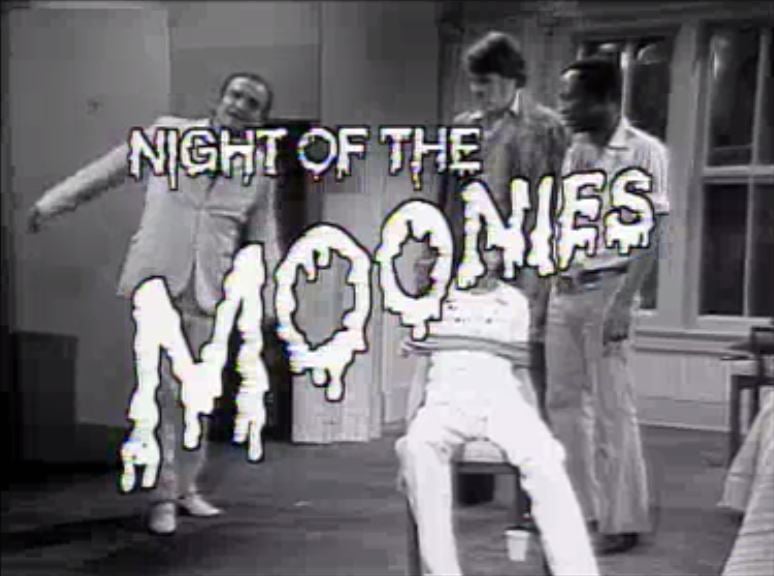
This episode peaks at the very end with a closing sketch that has all of the messy, poignantly human fingerprints of writer Mary Suzanne Miller.
Miller was only twenty-five years old when she became one of only three women on the original Saturday Night Live writing staff, but she wrote like someone much older and more experienced.
On a show notorious for shock and prankish provocation, Miller carved out a rich niche for herself by writing sketches about the complexities and absurdity of human nature. She wrote sketches about people. Her work has a depth, substance, and richness otherwise lacking from the show’s iconic early years.
Miller wrote great, meaty roles for women, both in terms of the cast and the guest host. Needless to say, that was as rare as it was welcome and necessary on a Young Boys Club show like Saturday Night Live. A Young Boys Club, incidentally, is like an Old Boys Club but, you know, younger.
“Van Conversations” illustrates what makes Miller a great writer and a brilliant addition to the show. It takes the form of a heated conversation/argument between an extremely pregnant wife and her husband at a cafeteria after seeing the Barbra Streisand version of A Star Is Born.
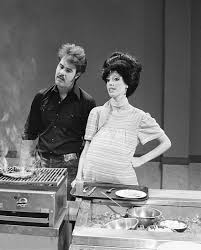
The wife has been crying at K-Mart because her husband refuses to buy her the original soundtrack album even though Streisand is, in the wife’s words, “my world’s most meaningful actress!”
In the kind of wonderful line that characterizes Miller’s work, Aykroyd’s macho, working-class crank says of Streisand, not inaccurately, “She’s got the hair of a lunatic!”
Hubby doesn’t want to pony up the dough for the album because he’s invested seemingly all of himself, financially, emotionally, spiritually, and otherwise, into decking out a van he calls “New Glory.”
This is no mere automobile or way to get from one place to another. No, this van is the man’s whole life. All of his pride, identity, and self-esteem are wrapped up in it being the sickest, most pimped-out expression of self imaginable.
“I LIKE installing air! I LOVE it! You get to use TWELVE different wrenches!” Aykroyd’s character gushes guilelessly of the pleasure he derives from working on his sweet ride.
Aykroyd’s Grease Monkey is who the actor might be if he was just another working-class Joe with a brain full of technical knowledge and a love of all things fast and not a rich, famous comic genius.
But my favorite part of a sketch that I adore with all my soul but that got at best a polite response from the audience is when the hubby says defensively of his fur-festooned van, “YOU… and Barbra Streisand… and ALL your friends put together don’t understand ONE thing!! A VAN is a HOUSE on WHEELS!! Okay?! And it’s got a lot more FUR than any HOUSE we’ve ever HAD, okay?! And it GOES where you want!! You get a FUR-COVERED HOUSE!! It may not be REAL fur, but, let’s face it, the only person that can buy REAL fur is a MILLIONAIRE! Okay?! It’s a fur house! It goes without saying it’s not real fur, BUT… that plush chamber is the closest THING… that I’m gonna have, in this or any other lifetime, to a moveable FUR HOUSE!! Do you get that?! Do you understand that?!”
From now on, whenever I see a van, I will think of Dan Aykroyd describing it as a moveable fur house.
Duvall may have been a respected dramatic actress when she hosted but she has a sometimes distracting way of stealing glances at the cue cards as a memory aide.
Aykroyd, who apparently and unsurprisingly has a photographic memory, doesn’t need cue cards so he can exist entirely in the moment and deliver a performance that’s dramatically satisfying and poignant as well as funny. There’s a wonderfully lived-in quality to the sketch. These sad little people have lived full, complicated, messy lives and have equally full, complicated, and messy futures.
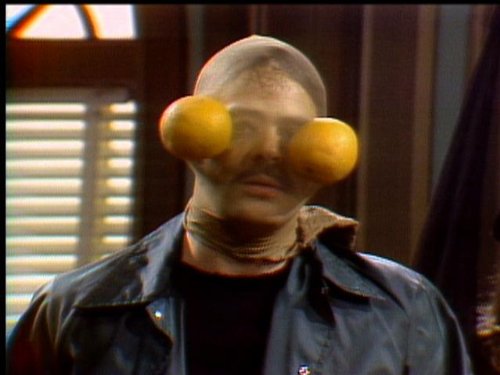
A certain level of unevenness is to be expected from Saturday Night Live, particularly this deep into the season, but at least this sometimes glorious episode introduced us to the phrases “joke junkie” and “punchline punk” and informed a grateful world that a 1970s pimped-out van is, in fact, a fur-covered house on wheels.
Grade: B
Best sketch: “Van Conversations.”
Worst sketch: “Viva Las Vegas 2”
Next: Buck Henry with musical guests Jennifer Warnes and Kenny Vance in the second season finale.
You just read issue #59 of Every Episode Ever. You can also browse the full archives of this newsletter.
-
I remember seeing the 30-minute cut of this one many times on Nick at Nite, with "Night of the Moonies" being my introduction to Rev. Moon and his followers. I also remember the "Latin Lovers" sketch in there, mainly as the first portrayal of Fernando Lamas on SNL well before Billy Crystal's breakout sketch. I don't remember "Van Conversations" making that cut, which is disappointing. I'll have to see if it's in the Peacock cut because that sounds like Prime Aykroyd.
-
I found "Video Vixens" to be unfunny and way too long, but it's very possible that I was too young to appreciate it.
That and the insect costume are all that I seem to remember about this episode.
Add a comment: